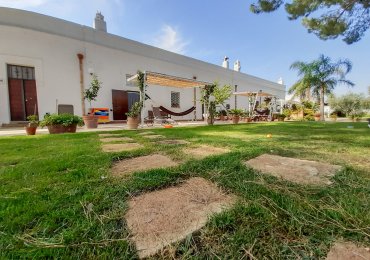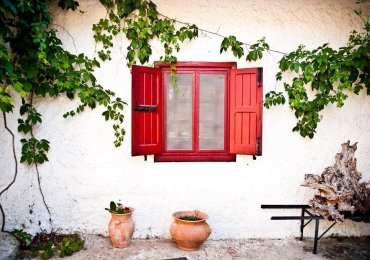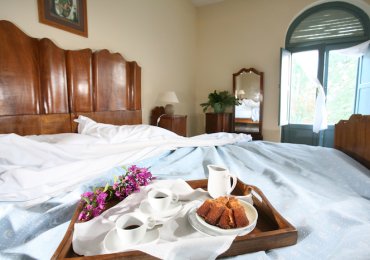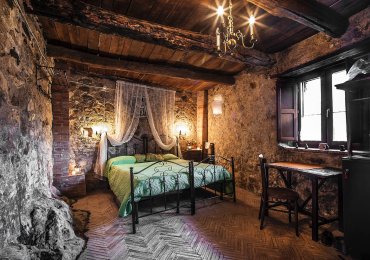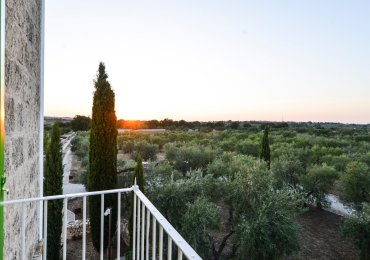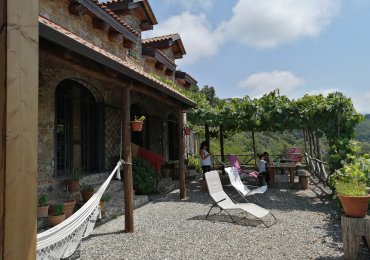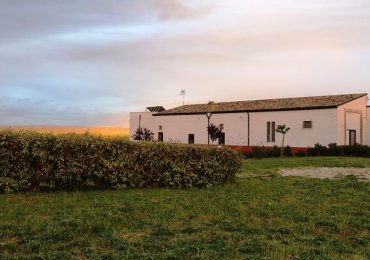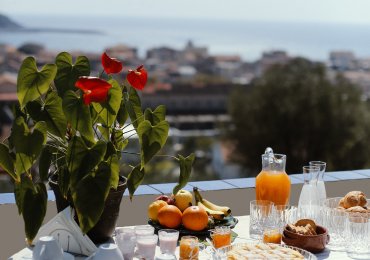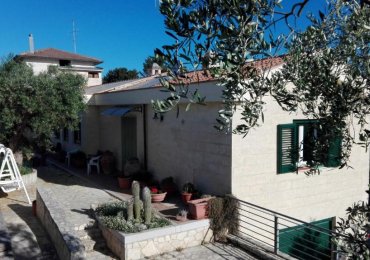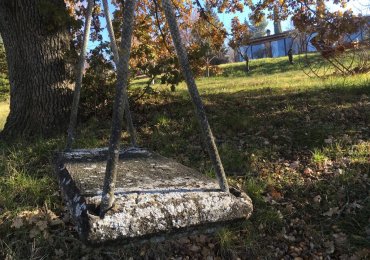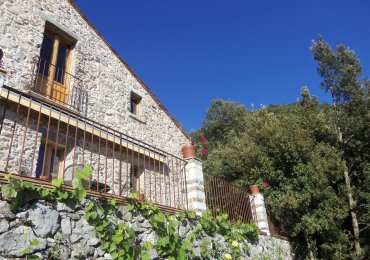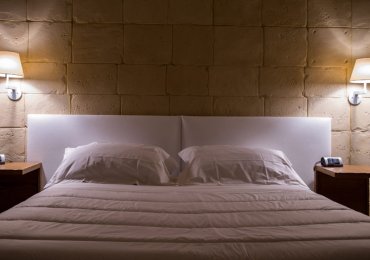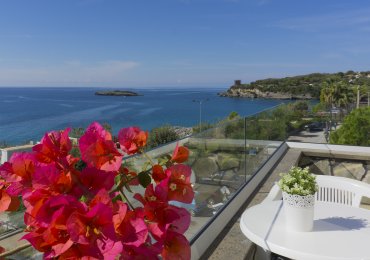What to see in Basilicata

This small Region in the south of Italy, with a mountainous heart, touches the Mediterranean Sea on two sides: south-west with the Policastro Gulf on Tirreno Sea, and south-east in Taranto Gulf, on Jonio Sea. They where two important places by the time of Magna Grecia, from where to dominate the Mediterranean Sea as a whole. If you are thinking about an holiday surrounded by the nature and the history of Basilicata, you can find more inspirations reading our green travel guides:
Potenza
Matera
Green holidays and slow path itineraries

The wide mountain area in the north-west part of the Region, at the board with Calabria, is covered by the Pollino National Park. You can walk across the park following many itineraries, dip in the nature. Typical and protect tree of the Park is Pino Loricato, a pine species. Also in the area of Piccole Dolomiti Lucane, with their sharp peaks, located in the heart of the Region in the south of Potenza, offers many itineraries to go trekking.

Famous are also the lunar landscapes in the surroundings of Alliano. Here you can admire Calanchi, characteristic formations of the territory eroded by the water where the vegetation is rare. In Basilicata there is also an old dormant volcano, the Vulutre. You can walk up to its top, passing by two lakes, located where there was the crater of the volcano.

If you prefer the seaside, we suggest you a visit to the coast of Jonio Sea. Between the cities of Metaponto, Policoro and Nuova Siri you will find soft sandy beaches where to doze caressed by the sound of the waves.

Cities of today..and of the past
This Region had a great importance at the time of Magna Grecia. In specific, the city of Metaponto was its heart, as it can be seen by visiting the archeological area and the artifacts preserved at the museum. Near Policoro you can visit the old Greek city of Eraclea, with the rest of two temples and of the acropolis. Go back to the classical era, by visiting this two places!

In Melfi you can admire the Medieval Castle of Lagopesole, built at the time of the Swabian emperor Federico II, the most beautiful and mysterious of the Region. Also Pisticci is worth visiting, the third biggest city of Basilicata.

Flavors in between earth and sea
A mix of legumes , vegetables , grains, herbs and spices characterizes the traditional dishes in the Region. It has been said that the Italian hand made pasta was invented here. The Latin poet Orazio, in the year 65 a.C., recounted of the chickpea and leeks soup, which still is a traditional dish nowadays.

From breeding of goats and sheep, cheese is produced. It is a renowned product that often accompany typical dishes. Another invention coming from this land is “Lucanica”, rolled meat backed or grilled and eaten in all parts of Italy.

Traditional cakes are made with simple ingredients and bold combinations. One example is “catoncelli” filled with chickpea cream, chocolate and sugar, but also “sanguinaccio”, made with pig's blood, grapes juice, chocolate, lemon, cinnamon and raisins.
Where to sleep in Basilicata
Here you can find some suggestions if you are thinking about going on holiday in Basilicata
Il Quercieto, Marsicotevere (PZ). It is an organic farm, situated on a hill at the foot of an oak forest and protected to the north by a high mountain: the Volturino, which comes right down to the stone houses. There, the oak forest gives space to an olive grove, a vineyard, an apple orchard and fields of wheat and corn. The organic farm also use biodynamic method. It's the perfect place to relax and be in the nature.
B&B Conte Gattini, Matera. The B & B Conte Gattini is in the center of Matera, close to the famous "Sassi" and you can easly reach it on foot or using the public transportation. It has independent and comfortable rooms.
Find out other eco friendly accommodations in Basilicata

If you are looking for other suggestions for your trip to Basilicata, you can read these articles:
Matera is European Capital of Culture 2019: what to visit
100 per hours, flying through the sky of Lucania Mountains, in Basilicata
Author: Anita Cason
Cover image: Nature in Basilicata, ph. by Giuseppe Flace via http://natura2000basilicata.it/

